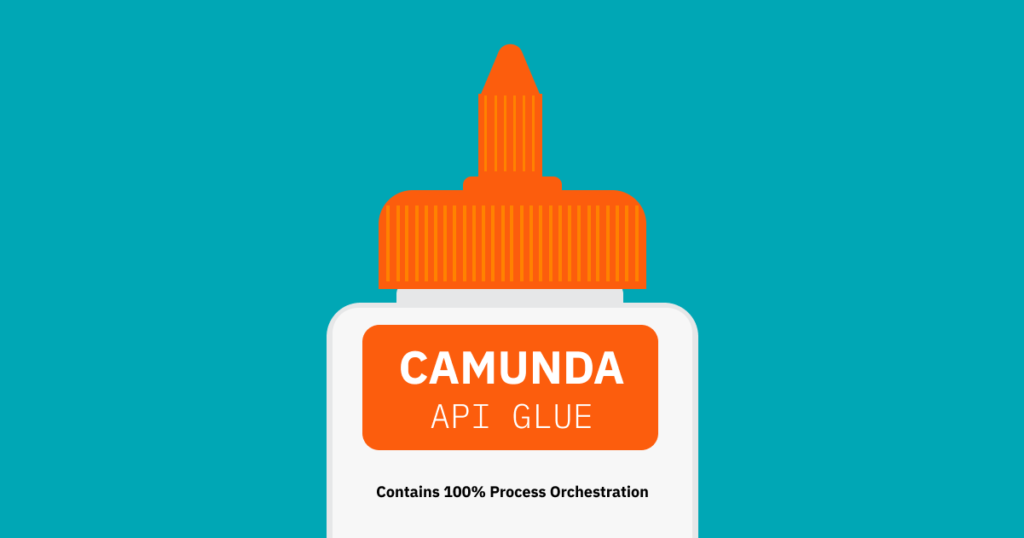The API economy is taking off, propelled by an explosion of activity across API tools and platforms. According to a 2021 report from Postman, developers reported spending nearly half of their time working on APIs, and 94% of companies planned to increase their investments in APIs in 2022. API-first development is also gaining traction, with an impressive 67% of companies embracing this methodology. Companies like Twilio and Stripe emerged as early winners in this new economy, with the promise of many more to come.
APIs offer organizations an opportunity to tap into best-of-breed software components without having to spend precious time or development resources creating them from scratch. With that said, an often-overlooked aspect of the API economy is how these disparate pieces of software connect. This is particularly true when it comes to orchestrating processes between API-driven components, people, and legacy systems.
Let’s take a look at how a large company might introduce APIs into its software stack, and how process orchestration can help “drive” processes among these components from end to end.
What’s driven enterprise adoption of APIs
While APIs have been around for decades, what’s new is a shift in mindset for enterprise developers. For years, many large organizations operated on monolithic software platforms that were difficult to change. As software development methodologies evolved from waterfall to agile and iterative practices, monoliths were destined to become a thing of the past.
To respond, many enterprise developers have gone through the modernization process of breaking up their organizations’ monoliths and exposing their API endpoints. This approach helps these systems become more consumable by external applications, and often serves as an alternative to RPA-based integration. Companies like Deutsche Telekom have found that breaking up the monolith dramatically reduced their long release cycles. In a modern software development world, three or more months can feel like an eternity – a delay that can even result in a loss of competitive advantage.
For these reasons, API-centric software development approaches have taken off in popularity. Whether organizations choose to design their own API-first applications or expose API endpoints after the fact, these approaches are much more suited to shorter, agile development lifecycles.
The missing “glue” of process orchestration
Often what’s missing in an API-driven approach to software development is process orchestration, or the ability to drive processes across different people, systems and devices. In an old-school, monolithic setup, this wasn’t necessary. There is only one piece of technology (often owned by a single vendor) to worry about, and often one (albeit bloated) business process management solution to do the driving. Now, there could be hundreds of smaller vendors in a software stack, and even more homegrown components. This picture might even include legacy systems, as well.
What’s more, a single API exposed within an application might have hundreds or possibly thousands of endpoints. Consider each of these endpoints like a building block. The whole point of exposing APIs is to allow for the creation of new solutions that compose these endpoints together. Often, new solutions either make use of APIs or allow for custom code based on an API’s endpoints. And, many composable solutions leverage API endpoints to drive a business process. In these scenarios, a universal process orchestration layer is more powerful, secure and reliable than hand-coding API endpoint composition to drive a process.
The operative word is “universal.” Some orchestrators are only optimized to drive legacy systems, APIs, or SaaS applications. But it’s critical to have one orchestrator driving everything. For example, a single process like an insurance claim might involve multiple API-driven components, a legacy system, and a team of people. Without a standard procedure for how this process rolls out, step-by-step, it can be impossible for these systems and people to interoperate efficiently and effectively.
A developer might start by using open standards like BPMN and DMN to model their processes step by step. From there, a universal process orchestrator would hook into any endpoint to execute the process. Because most modern software development teams want to use APIs combined with homegrown components (and may be coping with residual legacy systems) – the ability to integrate with everything is key.
So, while the focus on the API economy and its growth is critical, it’s important not to overlook what’s “driving” the API economy. Something must connect the many available software components of this world – whether they’re built or bought. The unsung hero in this scenario is process orchestration.
To learn more about process orchestration trends, digital transformation initiatives, and the future of the industry, join us in October for CamundaCon 2022!

